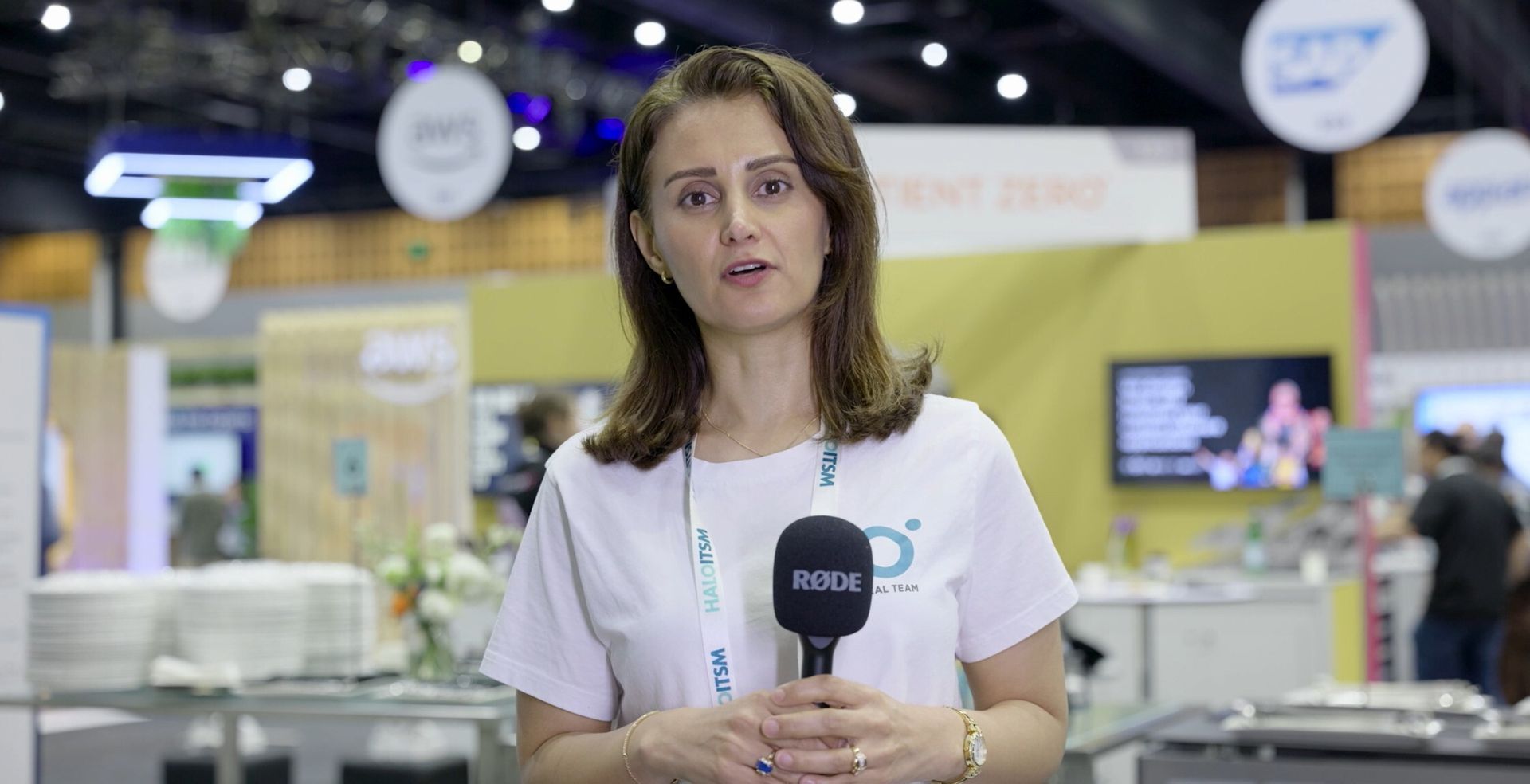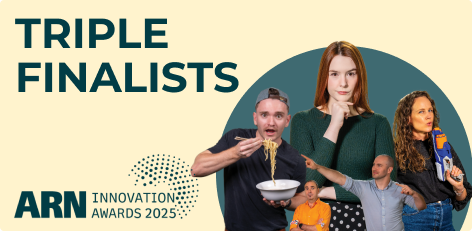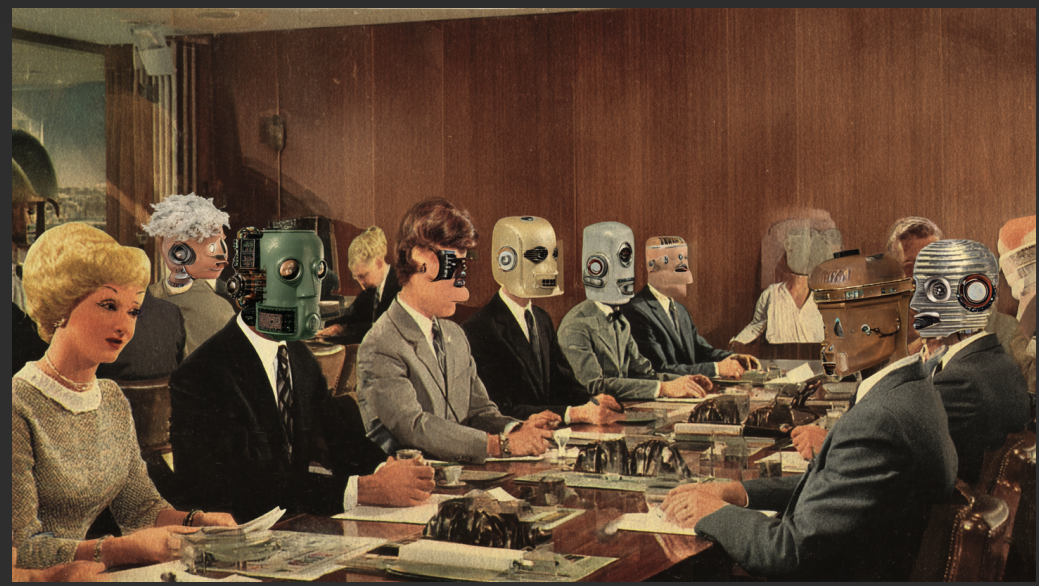The Ubiquitous Language of Agile
It’s interesting to see how mainstream Agile has become in the enterprise vocabulary. At some point when speaking with large enterprise customers, the conversation will invariably turn toward Agile practice. They have Agile Coaches and Certified Scrum Masters galore guiding their Agile journey, and most rate themselves as doing a pretty decent job of following Agile principles. In contrast a lot of small and medium enterprises (SMEs) will tell us that they are struggling to gain traction with Agile – they are trying, but they feel like they have a long way to go and a lot to learn.
Curiously, when you ask an enterprise customer how long it takes from a developer check in until that change reaches the target user, the answers are a little vague. “It depends upon the system, and who you define as the target user…”. Pushing harder, we often find they define their target user as an internal test team or product stakeholder, and a release as a release to an internal environment. Actually progressing working software to reach the final consumer of that software can take many months. SMEs will mostly give a straight answer. “We release to test every two weeks, and after a week of testing we release to production”.
I’d argue that the SMEs are actually a lot better at Agile than they credit themselves, and that some enterprises have missed the point. We all agree that simply using Agile sounding ceremonies and artifacts doesn’t make you Agile. I often hear the joke “yeah, we must be doing Agile because we have a daily stand-up”. However, most enterprises doing iterative development tend to think they are taking Agile seriously if they have sprints or iterations. Iterative development is not simply the process of chunking work up into short, well-defined periods – that’s like defining a boomerang as a stick that you throw. Iterative development must close the loop between the development team and the end user – it’s really about how long it takes you to build something, deliver it to the user, and then collect and incorporate their feedback into the next build / release cycle. If it takes you 3 months to get code from developer to the end user, then your best case cycle time is 6 months. You literally have a 6 month iteration regardless of your development chunks, and that’s definitely not Agile.
Certainly you can argue the benefits of a well structured backlog, estimating, chunking up development work and having showcases. Agile coaches make a living out of teaching enterprises how to do this. But unless you can fix the release process and rapidly release software out to the end user, then you aren’t doing Agile. Nor are you getting the benefits of doing Agile. Showcases will often be smoke and mirrors, and development teams aren’t getting the buzz and excitement of creating software and learning through interaction with real users. Business units are not seeing user feedback incorporated quickly, allowing them to drive innovation and market fit.
So why is there such a discrepancy between how enterprises and SMEs rate their Agile maturity? When you ask an SME where they need help, they are often quite specific: they need help with structuring their user stories, they are struggling with CICD or architecture, they need automated testing or better release quality. Their focus is fundamentally on the speed at which they are solving problems for their customer and they expect Agile to help them improve. Enterprise customers are often focused internally, on project life cycle issues and stakeholder management. They use the language and processes of Agile, but actually taking it all the way through to production is too hard. They aren't doing Agile at all.
Share This Post
Get In Touch
Recent Posts






